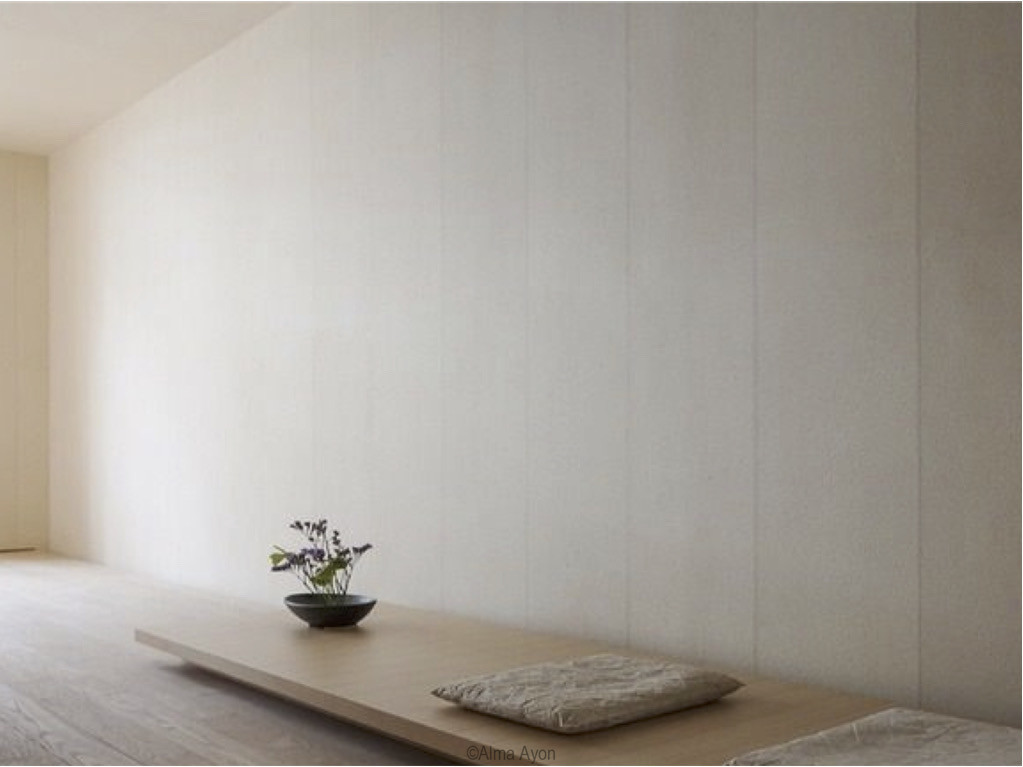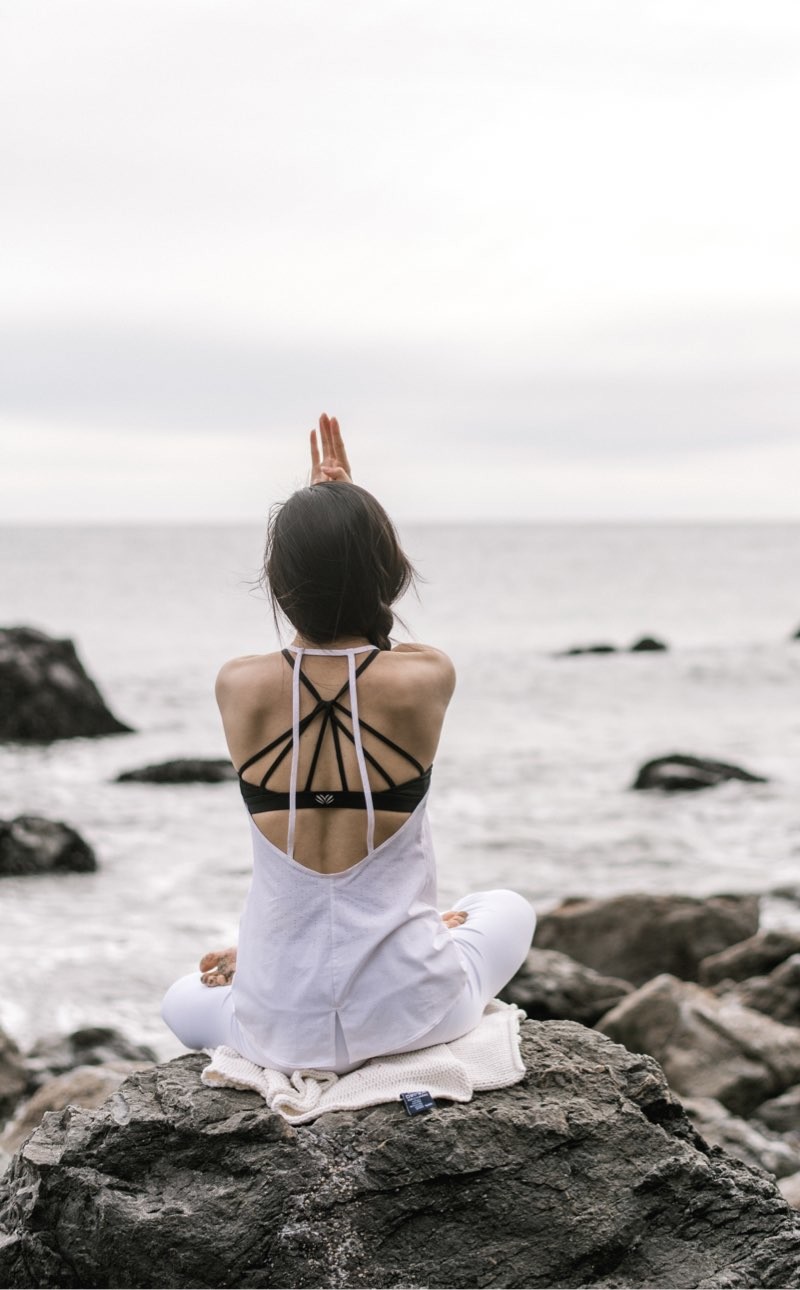Contemplarte
Courses, Meditations, and Retreats with
Alma Dharma
Tools for Cultivating Mental and Emotional Balance

About
Alongside other experts, Alma designs, coordinates, and leads talks, workshops, courses, and retreats on various topics, offering the Spanish-speaking community worldwide practical methods and meditations for mental training, holistic well-being, and emotional balance. These teachings integrate insights from both Western Psychology and Eastern Contemplative Science.
Courses

Cultivating Emotional Balance
Mindfulness & Shamatha
Art Therapy

Finding Balance & Peace
Weekly Online Meditation Grou
Join our free weekly online meditation group to connect, set goals and intentions for the week, breathe more deeply, increase awareness, and cultivate well-being.
Every Tuesday at 2:30 PM CST (Mexico City) | 3:30 pm (NYC) | 10:30 PM (London)

Upcoming Events
Meditation Group
Tuesdays, by Zoom
2:30pm - 3:30pm CST
CEB Course
Upcoming
10:00am - 12:00pm
Saturday Retreats
10:00am - 2:00pm
Shamatha Retreat
10:00am - 12:00pm
Art Therapy
10:00am - 12:00pm
Trip to India and Nepal
9-30
Become a Member
By becoming a Patreon member, you’ll get access to in-depth tutorials, meditations, artistic processes, personal reflections, and special resources to support your mindfulness and creative practice. Whether you're looking for inspiration, structured guidance, or a deeper connection to a conscious and artistic lifestyle, this space is for you.


Sign Up for Session Updates & Retreats
Stay informed about upcoming meditation sessions, workshops, and retreats designed to deepen your practice and enhance well-being. Receive exclusive updates, insights, and early access to special events.
Blog
How to handle several projects with out overwhelming
As a meditation teacher and artist, I'm involved in several projects. My strategy is to meditate in between projects. When you meditate, your mind rests from conceptual thinking. In that moment goals don't matter, you find peace and happiness in the present. After...
Meditations for working with emotions
In the context of the Shamatha practice of Settling the Mind if any emotion, for example, anger arises during a meditation session you can become aware of its arising but it's different than watching a thought, it's more like your whole experience is suddenly tainted...
Be careful with superficial teachers and shallow meditations
There are all these self-proclaimed meditation teachers that make a mixture of meditations, and keep it at a superficial level, promoting meditation as a way to feel happier, blissful, and less stressed. They usually teach bare attention, mindfulness and insight, in...

Courses & Workshops
Upcoming CEB Course
Mindfulness Course


